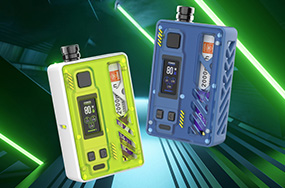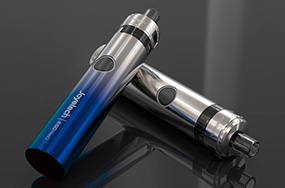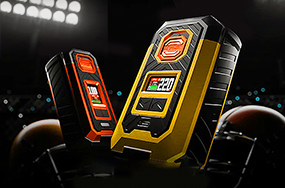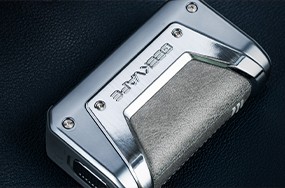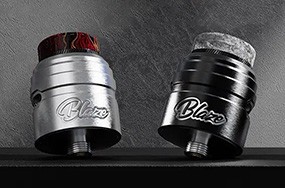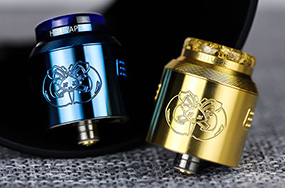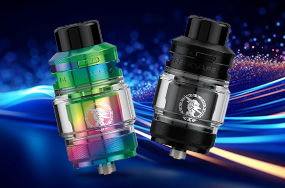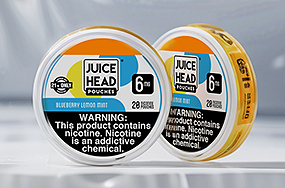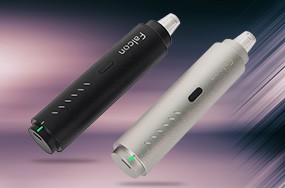November 12, 2017 by Janet.
An introduction to coil building and some standard coil builds that you can do in your
rebuildable atomizer.
So you want to learn how to build a coil, but you don't even know where to begin. That's okay, because you're in the right place. Welcome to coil building 101: an introduction to coil building.
Building coils can help you save money, rather than buying disposable coil heads every week. It's also a fun hobby that vapers not only take pride in, but get to enjoy the fruits of their labor. The best way to get good at it is through repetition. You'll be building and wicking in no time.
What you'll need:
- Resistance wire – kanthal, stainless steel, nickel, nichrome, etc.
- Flush cutters – wire cutters that can cut close in small spaces
- Tweezers – preferably ceramic tipped, to pinch your coils while pulsing
- Small metal rod – a small screwdriver, or coiling tool
- Organic cotton – or whichever wicking material you prefer
- Scissors – to trim your cotton
Other (optional) accessories:
- An ohm reader – or a mod that accurately detects resistance
- A coil jig – it can make your life a little easier
- A second vape – to vape on while you're building those coils, silly
Micro and macro coils are some of the earliest and most common coil builds. They are created by taking a single piece of wire, and wrapping it around a screwdriver, drill bit or coil jig. The difference between a micro and a macro coil is the inner diameter of the coil. It's that simple.
The part of the coil that goes directly into your
atomizer's post holes are called
leads.
Micro – A micro coil build is a coil that has an inner diameter of 1-2 mm.
Macro – A macro coil build is a coil that has an inner diameter that's larger than 2 mm.
The bigger the inner diameter of the coil, the higher its resistance, and vice versa. Likewise, the thicker the gauge of wire used, the lower the resistance will be. We recommend using some basic 26 or 28 gauge kanthal for your first few coil builds.
If you want to get a little bit fancy, you can always do a twisted build. This is when you simply twist two strands of wire together into one single piece of twisted wire with a drill, or by hand. Last but not least, take the twisted wire and continue building your regular macro coils with it.
Twisted wire was the original way of increasing surface area without dropping drastically in resistance. This has a positive impact on flavor, and is much easier to build than claptons.
You might have noticed that many coil builds have not one, but two coils, known as dual coils. Dual coil builds obviously create more vapor than a single coil. When doing a dual coil build, it's essential for both coils to be identical in size and form, to ensure that they heat up properly.
Coil building 101
One of the best ways to learn coil building (or anything for that matter) is to watch a good video on YouTube. We've already found a couple of great ones that will show you how to do a basic vape coil build. Get your wire, tools and cotton out because it's time to build some coils!
We recommend just watching them first and, then trying it out yourself. You can start and stop it as you please, or just leave it running in the background for moral support. Ok, let's get to it…
Conclusion
Coil building is an art form, but it doesn't take a professional to draw a stick figure. Anyone can do a basic coil build with some practice, and don't think you have to nail it on your first shot.
Building and
vaping go hand in hand, as it has become a major element of vape culture. Now that you have a good understanding of basic coil building, get out there and build some coils!










































